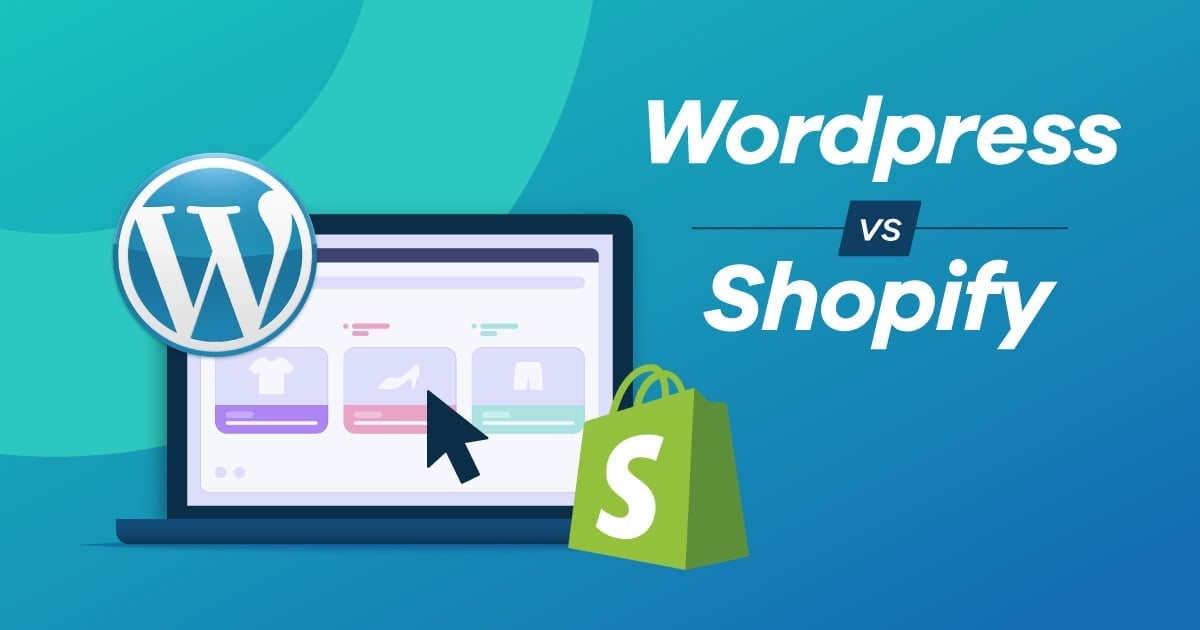The Current State of Web Retail

The ecommerce industry is not a stranger to change; the 'Net is always offering faster technology, newer software and better plug-ins.
In addition to keeping up with the Web's constantly fluctuating array of technologies, online retailers must also stay current with the latest trends in online marketing and consumers' ever-evolving digital shopping habits. In addition, the looming tax laws and temptations to expand businesses overseas further complicate the daily duties of Internet retailers. All that said, the ecommerce industry shows no signs of slowing down - with comScore reporting that online sales increased 15 percent in 2012, reaching a grand total of $186.2 billion. And with 2013 shaping up to be an even better year in terms of profits, online retailers should look closely at the most vital topics in the current state of Web retail.
1. Internet Tax Legislation
Perhaps the most taxing issue for online merchants (pun intended) is the uncertainty surrounding the legislation of Internet tax. For a long time now, online retailers have generally had the competitive advantage over their brick-and-mortar store counterparts, because they were only required to charge sales tax for purchases made by in-state residents. This could be changing very soon, as the Marketplace Fairness Act made its way past the Senate in May 2013 and (at the time of this writing) is still waiting to be voted on by the House of Representatives. Although the legislation is currently in limbo, it certainly won't be there for long, which is why it is important for merchants to be prepared in the event that the bill does pass.
"Right now merchants are only responsible for collecting and remitting sales tax in the state where they have a physical presence," said Daniela Saunders, SVP of sales and marketing at FedTax. "So for many merchants, that's just their home state. Merchants who don't have tax solutions in place should probably start investigating what options they have for sales tax automation."
Although some shopping carts include tax tables that allow merchants to enter the necessary rates manually, this method could get complicated in the event that merchants are required to charge varying sales taxes in all states. Luckily, there are already certified service providers available to help retailers achieve compliance, including Avalara, TaxCloud, AvaTax, Exactor and TaxWare.
2. Overseas Expansion
Another hot topic in the ecommerce sector is that of international expansion, as extending brands to overseas markets like China, the U.K. or Brazil can significantly boost bottom lines. Moreover, Frank Lavin, chief executive officer at Export Now, says brands that expand to countries like China not only have opportunities for greater revenues, but also avoid ceding a major market to competitors. However, many retailers are still apprehensive in growing their brands across the globe due to the "fear of the unknown," including a limited understanding of a specific market, as well as cultural and languages differences. That said, there are a variety of platforms that can help brands with their expansion efforts, assisting with everything from logistics to market research.
3. Mobile Mania
ComScore predicts that mobile commerce could top $25 billion this year, which means that merchants who are lacking mobile strategies are essentially shutting the door to this lucrative channel. In order to profit from mobile, however, an Internet retailer needs a mobile- optimized site with functioning checkout pages, as well as a mobile app that makes the product discovery process easier for small screen end-users. (Jump to this month's feature story for an in-depth, actionable look at mobile commerce strategies.)
4. Product Listing Ads
There are many channels where merchants can advertise online nowadays, however, most retailers still focus their energies on Google, and for good reason. The tech juggernaut's commerce search ads, dubbed Product Listing Ads (PLAs), have consistently seen higher click-through rates (CTR) than standard text ads since Nov. 2012, according to a recent study from Marin Software. In fact, Marin Software's Google Shopping Ads 2013 Annual Report reveals that in June and July 2013, PLAs had a 21 percent higher CTR than text ads. This data suggests that shoppers are finding PLAs to be more relevant to their product searches than standard text ads.
"PLAs are experiencing continuous success, and retailers will undoubtedly allocate additional budget toward this richer ad format going forward," Marin states in the report. "For search marketers looking to build on the momentum of PLAs, optimizing the product feed, leveraging a granular campaign structure, and testing promotional text will be the key to long-term success. As more retailers enter the PLA landscape and competition increases, search marketers will need to continue investing in new technology and establish best practices to effectively execute on their PLA strategies."
5. The User Experience
Today's online consumer is demanding. They expect fast, interactive, informative and memorable experiences - across all channels. When retailers fail to meet these expectations, customers aren't hesitant to move onto other virtual shopping destinations, meaning there is little room for error. Typically, merchants glean insights into the performance of their sites by scouring through analytics. Yet, sometimes it is also imperative to leverage customer feedback platforms and/or testing solutions to learn even more about your site's usability.
"There are many analytics tools that will tell you what is happening on your website, but very few companies are using tools to help them understand why those things are happening," said Chris Hicken, COO of UserTesting. "So it's really important as an ecommerce manager or a marketer that you're looking at both the 'what's happening' and use tools to help you understand why." Testing platforms like UserTesting and Usabilla, along with customer feedback solutions like OpinionLab and iPerceptions, can be leveraged to learn how and why certain features or design elements affects the user experience, providing merchants with a unique look into their site's user experience.
The Future of Web Retail
With every passing day, a newer technology, better strategy or controversial issue threatens to shake up the ecommerce industry. Fortunately, online merchants are a resilient bunch. Those that stay up to date with today's passing trends will be better prepared to ride out the changes that the future will inevitably bring to this industry.







